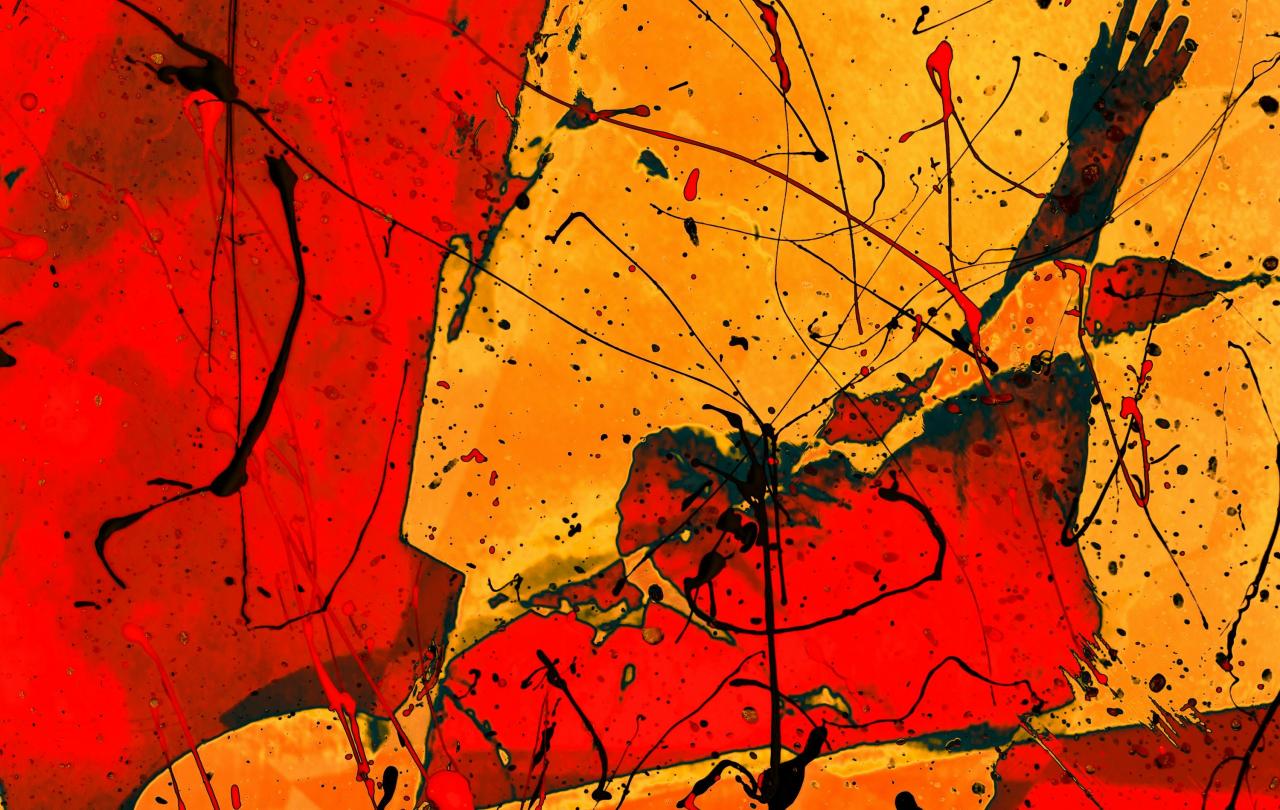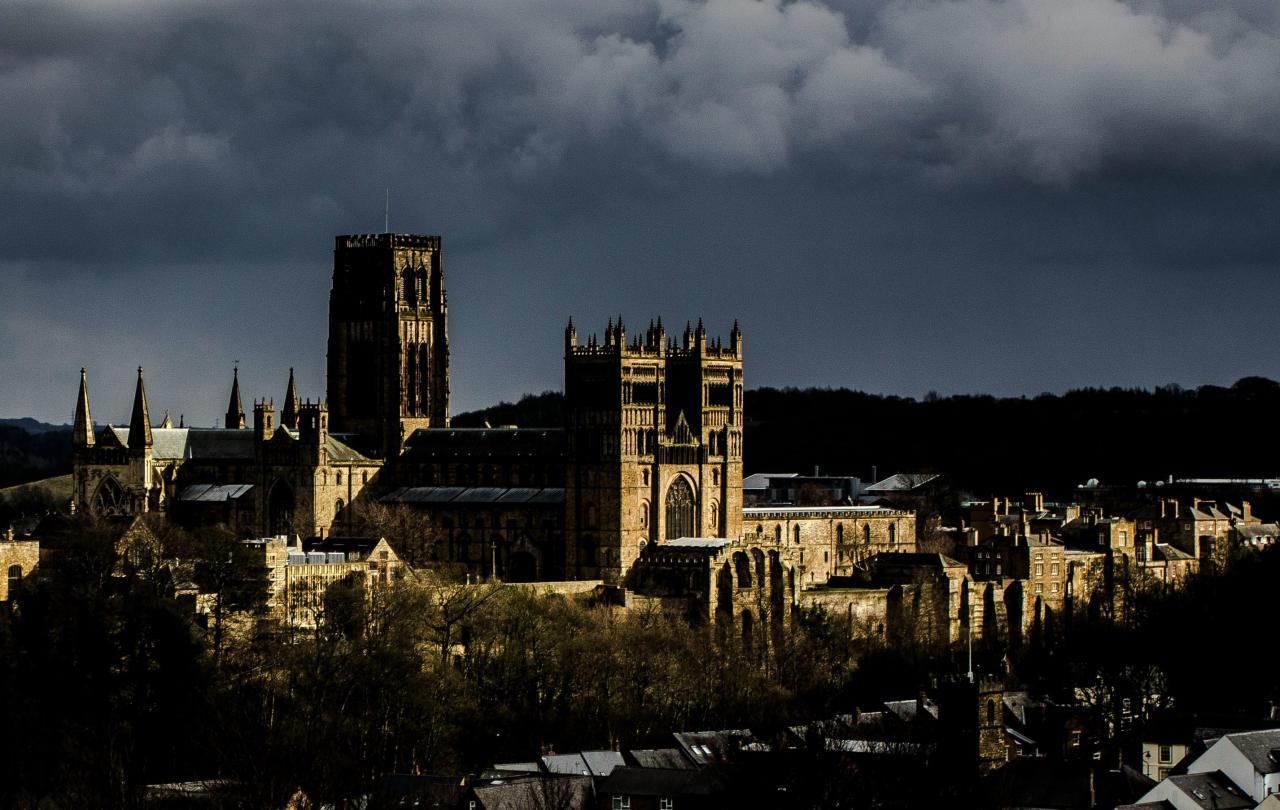
I’m rubbish at maths.
This hasn’t actually held me back all that much in life because I’m a theologian and biblical scholar by profession; I basically train vicars for a living. Being bad at maths means I fit in well in the Church because – I don’t know if you’ve noticed – Christianity is rubbish at maths too.
We go to school and we’re taught things like one plus one plus one equals three. We then go to Church and we’re told one Father plus one Son plus one Holy Spirit now somehow equals one God.
And the rubbish maths doesn’t stop there.
The Church also says that Jesus is God incarnate: that He is 100 per cent God and 100 per cent human. Even I know that this isn’t how percentages work.
But what does it mean to say that Jesus is 100 per cent God and 100 per cent human? More importantly: why should you care? What difference does this make to you?
What is the incarnation?
If you’ve ever had chilli con carne, you might know this literally means ‘chilli with meat’; ‘carne’ means ‘meat’. And the ‘carne’ in ‘incarnation’ is exactly the same: it means ‘meat’ or ‘flesh’.
So, we can think of ‘incarnation’ as ‘enfleshment’, or ‘taking on flesh’, or ‘becoming flesh and blood’. This is what we mean when we talk about ‘incarnation’: that someone or something has become flesh and blood.
In the Bible we read that, while Jesus “existed in the form of God … He emptied Himself, taking the form of a servant, assuming human likeness.”
And this is where the maths of the whole enterprise starts to get tricky.
The Bible does not claim that Jesus stops being God when He is human, or that He is somehow ‘less God’ in some way. Nor does it say that Jesus is anything less than completely human.
The word translated as ‘form’ in English – the ‘form’ of God, and the ‘form of a human servant’ – is morphē in Greek (the language the New Testament was written in). It’s where we get English words like ‘morph’. The animated character Morph is a little clay man who changes his form – his shape – at will. The Mighty, Morphing Power Rangers are people who change their form to become superheroes.
Something like this happens to Jesus in the Gospels, too, when Jesus’ face begins to shine like the sun and his clothes become unnaturally white. Most English translations say that Jesus is ‘transfigured’.
I don’t know about you, but that’s not a word I often use; things are very rarely ‘transfigured’ in my life.
The Greek word underlying this is metamorpheō, where we get English words like ‘metamorphosis’ from. Hopefully you can see that morph (the word for ‘form’) in the middle of the word metamorpheō. And whenever a Greek word has meta- at the start of it – like in metamorpheō. It’s to do with change.
Here, then, Jesus is literally trans-form-ed. Jesus, while in human form, is now revealed in His divine form.
It’s not that Jesus becomes God in this moment, or that he stops being human. Rather, Jesus is revealed in the transfiguration – in his metamorphosis – to be, and to have always been, fully God and fully human.
And so, when the Church celebrates the incarnation at Christmas, it celebrates God’s perfect eternal Son becoming embodied – taking on human flesh and a human body – in the person of Jesus.
This is not the life of independence, autonomy, and self-sufficiency I am so often encouraged to cultivate by the world around me. It’s a life of needing other people
Okay, at this point, you might be thinking: “That’s lovely, but who cares?”
Well, the Church’s claim that Jesus is 100 per cent God and 100 per vent human is deeply important for every one of us. Without it, we’re scuppered. In particular, the incarnation matters for at least four reasons.
First, the incarnation means we really do see God when we see Jesus. Jesus is fully God. In Jesus, “the fullness of God was pleased to dwell,” to use the Bible’s language. In other words, then, there is no God hidden behind Jesus.
Jesus makes it genuinely possible to know God; if Jesus was anything less than fully God, then we would only know a diluted, watered down version of God through Him.
Second, without the incarnation there can be no rescuing of humanity, or of the world around us.
You don’t have to look very far to see the worst of humanity. All too often it feels as though those in power are exactly the last people we would want to wield it. Whether you’d call yourself a Christian or not, I think we can all agree that things need fixing.
The Church claims Jesus came to fix things.
Being fully God and fully human, Jesus acts as our representative to God, and God’s representative to us. He overcomes any difference between God and the world, and restores it to the glorious state in which God intended it to be.
But this act of fixing – of setting things right, of restoration, of transformation – is only possible for someone fully God and fully human. Only the incarnation makes it possible for us and the world around us to be put right.
Third, because Jesus is fully human, His life shows us what it means to live well.
Jesus is the most ‘human’ human who has ever human-ed. He is a human cranked up to eleven. Jesus’ life is what it looks like to live the perfect human life. He does not imitate our humanity; we imitate His. We are not the norm for what humanity looks like; He is.
But Jesus’ life does not look like my idea of perfect. Jesus’ perfect human life involved complete and utter dependency on other people.
As a baby, Jesus’ mum and dad cleaned up his poo and His sick; Mary probably breastfed Him. As a child, Jesus relied on other people to be educated. As a man, Jesus had no home: His dad probably now dead and His mum convinced he’d gone mad, He relied on other people for shelter, for clothes, and for food.
This is not the life of independence, autonomy, and self-sufficiency I am so often encouraged to cultivate by the world around me. It’s a life of needing other people.
The incarnation then, shows us what it does – and does not – mean to live well.
Fourth, and finally, the incarnation means that none of the awful things that we do to each other and are done to us by others define our value, our worth, or our humanity.
Jesus was a victim of sexual abuse.
Some people are very resistant to this idea. I wonder if there are misguided notions of shame at play here: as though this would somehow make Jesus less human, or less God, or less saviour.
Again, Jesus has other ideas.
All four of the Gospels tell us that Jesus was stripped naked as part of His torture and death at the hands of the Romans. And we know from historical records that this is what the Romans did to those they crucified: they stripped them and they tortured them nakedly and in public, as an act of very deliberate humiliation and degradation.
The radical claim of Jesus’ life – of the incarnation – is that this does not make Him less-than-human in any way.
No, remember: Jesus is more human than anyone who’s ever lived. He is the norm for what it means to be human, not us. Nor does it make Him less God, or less of a saviour. Jesus’ perfect life tells victims of abuse that their lives are not tarnished, or diminished, or downgraded through the actions of others.
The incarnation, then, is God’s decisive act to show the world, once and for all, that He is for us – that He is for you, and for me. So much so, that God has chosen to become entirely like us, that we might become more like Him.
In the incarnation, God decisively declares the goodness of humanity by freely choosing to become fully human. To be human, then, is not to be someone or something that God flees from. Rather, God loves humanity so much – He loves you so much – that He has decided He cannot be without you, and He cannot be Himself without becoming like you.
Seen & Unseen is free for everyone and is made possible through the generosity of our amazing community of supporters.
If you’re enjoying Seen & Unseen, would you consider making a gift towards our work?





